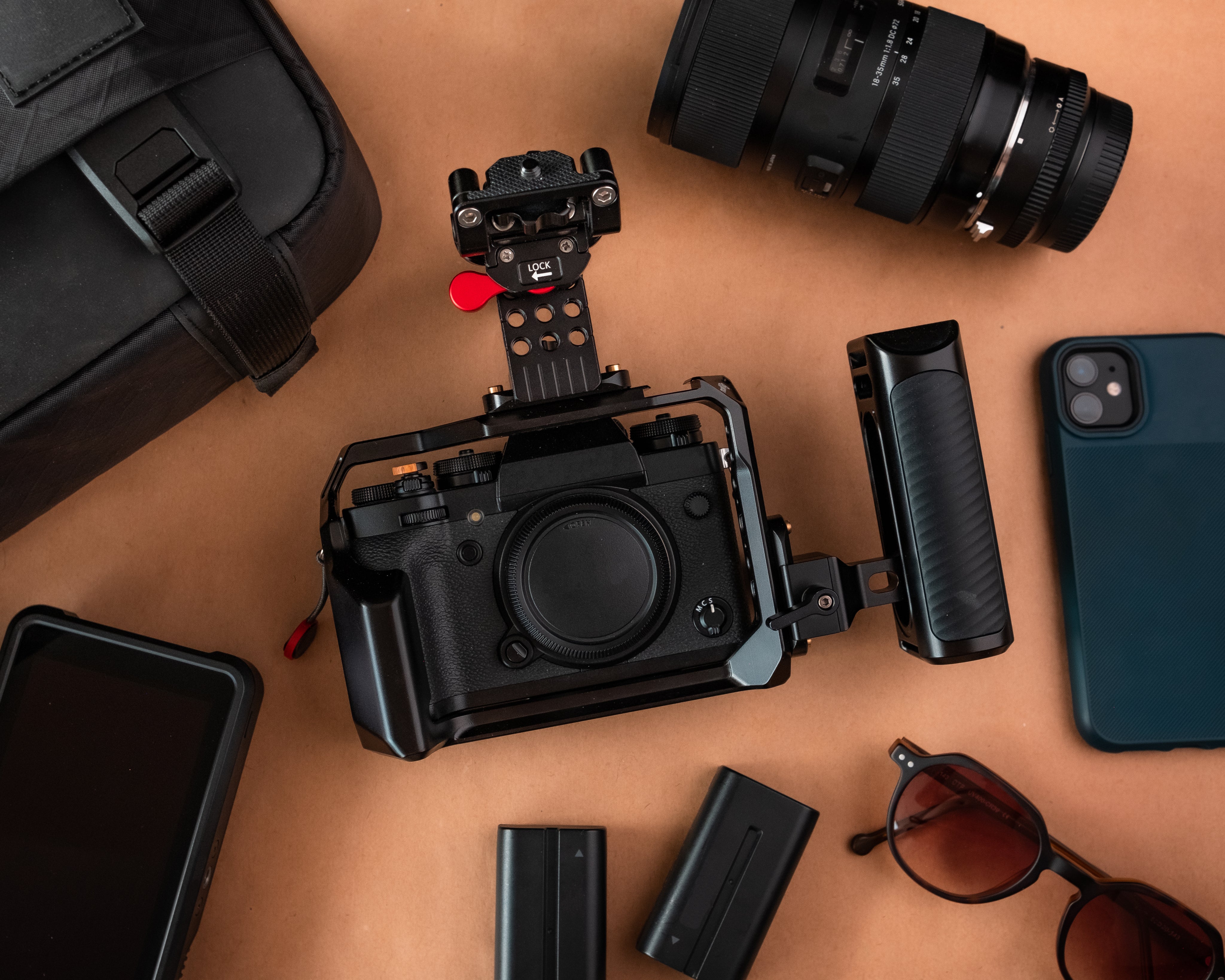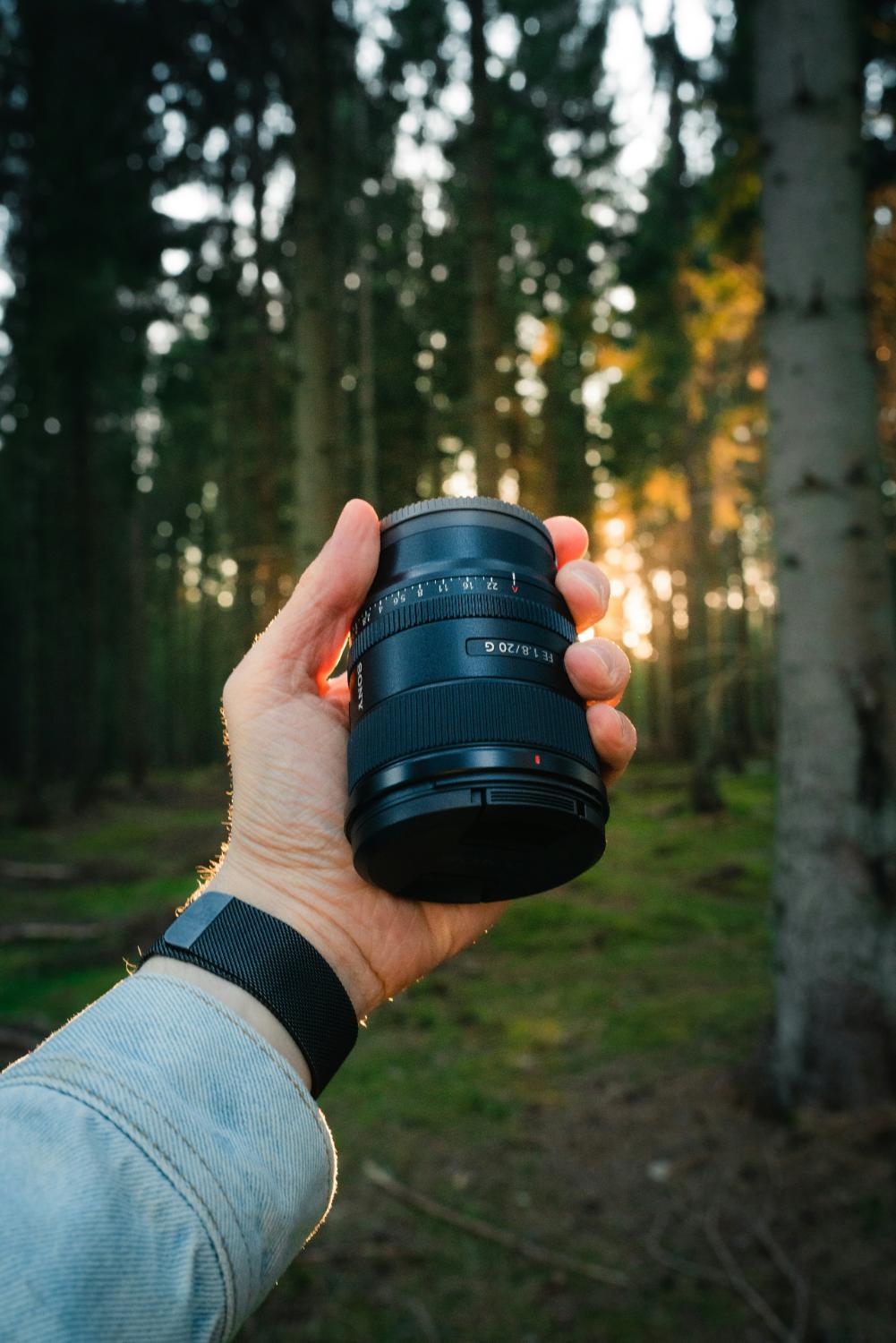45
Earlier this week we made a post on Instagram that gave some tips to photographers on how to manage their expenses. For the month of February, we will be doing a 4-part series on the business of Photography with tips and tricks on how to manage your photographic business to achieve good cash flow, happy clients and money in the bank.

EXPENSES
If you are looking to start your own photography business / are already running one, it is of vital importance that you ensure you manage your overheads right down to the last cent.
While trawling social media sites it is not uncommon to see photographers asking a myriad of business-related questions on topics ranging from pricing all the way to marketing. This article will cover cost-cutting and expense management for photographers.
A lot of photographers start out thinking that it will be easy and glamorous to run their own photography business and they will be able to shoot 99% of the time. The reality is that there is a lot of admin that you need to do behind the scenes to ensure that your business stays afloat.
One of the major stumbling blocks for many budding businesses is that they aren't managing their money correctly (cash flow). You need to take into account every rand you spend, be it on a cup of coffee at client meetings, that beautiful studio you want to rent, or that extra lens you want to buy.
If you don't keep track of your expenses and make sure you have more money coming in than going out, you will quickly find that you will need to return to being an employee for someone else to pay the bills.
Tip 1: Invoicing
One of the easiest ways to get your cash flow looking healthy is to ensure that you invoice your clients before the shoot and insist on either a 50% deposit/full payment be made prior to the date for the shoot to commence and then the remainder of the invoice to be paid before you deliver the high res images.
This way you have some bargaining power with the client to ensure that you get paid on time. As soon as you hand over your images to your client, you will find that you suddenly drop right to the end of their priority list of things to do.
If you don't follow this process you will often find that the time spent chasing up payments from clients often outweighs the amount they actually owe you. So save yourself the stress and panic and insist on payment ahead of time. And make sure you do not hand over the final product in full until payment has been made.

Tip 2: Keep a record
Have you ever had the experience where month ends comes around and you suddenly have less cash in your account than you thought / your debit orders bounced and now you have to find some extra cash to pay the bills?
If so, it is probably because you aren't keeping track of your money properly. It is a good idea to get into the habit of tracking each and every expense you have. That includes a cup of coffee with potential clients. Keep track of them and make sure you work those additional sundry business costs into your pricing to ensure that you are making a profit.
There are plenty of free accounting packages online that you can sign up for. Select one and start keeping track of every expense you have. Another advantage of keeping track of everything is that it will help you to identify any unecessary costs that you could cut back on / you didn't know had an impact on your business.
As an example, if you meet a potential client at a coffee shop to discuss their needs for a shoot, you will most likely end up paying for 2x cups of coffee at R35 each and possibly a snack.
So let's say you land up paying R120 each time you meet a potential client and you meet 5 potential clients a month (hopefully more!), that means that you then have R600 worth of costs out of your own pocket that you need to recover somehow. If you do that every month of the year, that's R7200 you need to recover somehow.
So if you aren't tracking those little expenses they can quickly catch up to you and before you know it, you will need to return to a corporate job to pay your bills.
Tip 3: Studio spaces
Need a studio for a shoot? Instead of taking out a lease on one, which will cause you to incur a lot of debt very quickly if you aren't booking paid shoots in it every month, rather look at renting one for the duration of the shoot and working that rental fee into your costing to your client.
There are many photographic studios available for rent all around the country. Another perk of renting a space is that they will often come fully kitted with gear that you otherwise wouldn't have had available to shoot with if you had your own studio.
Which leads us onto our final tip for today;
Tip 4: Gear
The same thing goes for gear - if you feel you need a specific piece of gear for a gig, but won't be able to use it on every shoot going forward, then consider hiring it and working the cost into your price to the client.
By going the renting route you free up your cash flow and make your business more liquid so that at the end of the month you are able to pay all of your bills without worrying if you will be able to feed yourself and your family.
------
This post was written by Ryan Cumming
We hope this gave you a little bit of insight into how to run your photography business with a bit more insight. If so, please consider joining our mailing list so you can stay up to date with our specials, events and other helpful articles and tips like this one:






